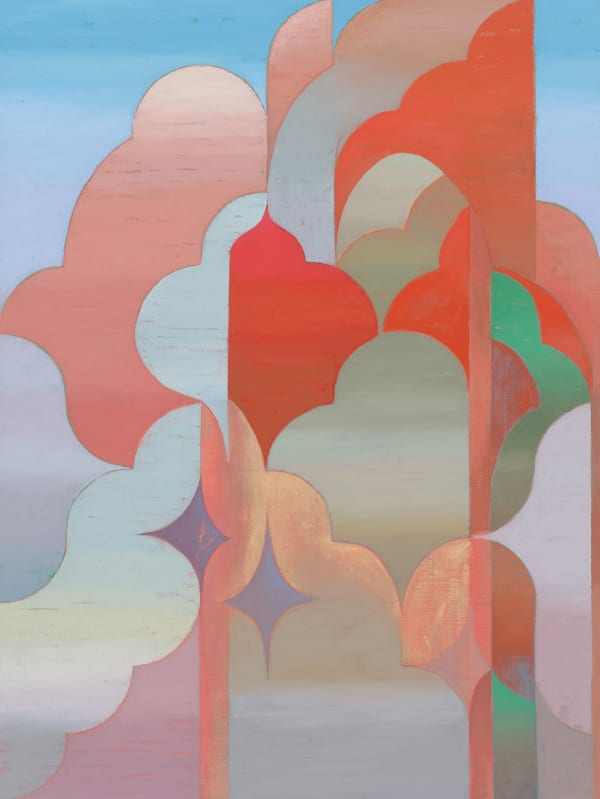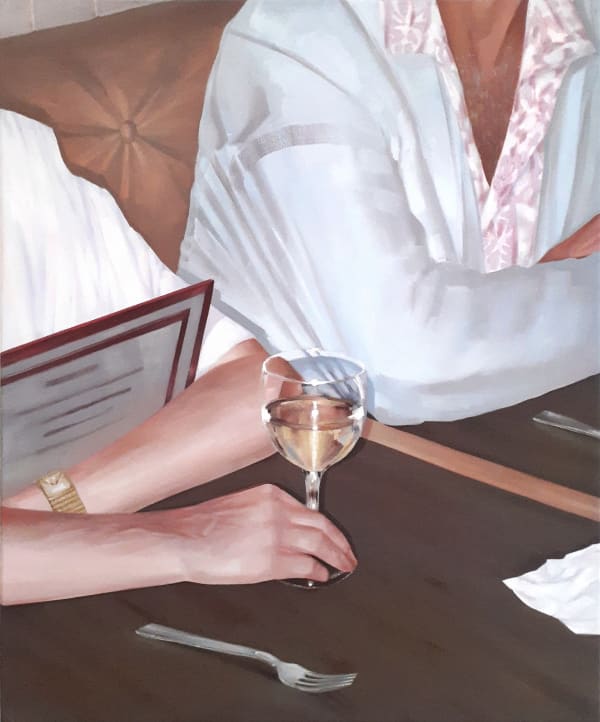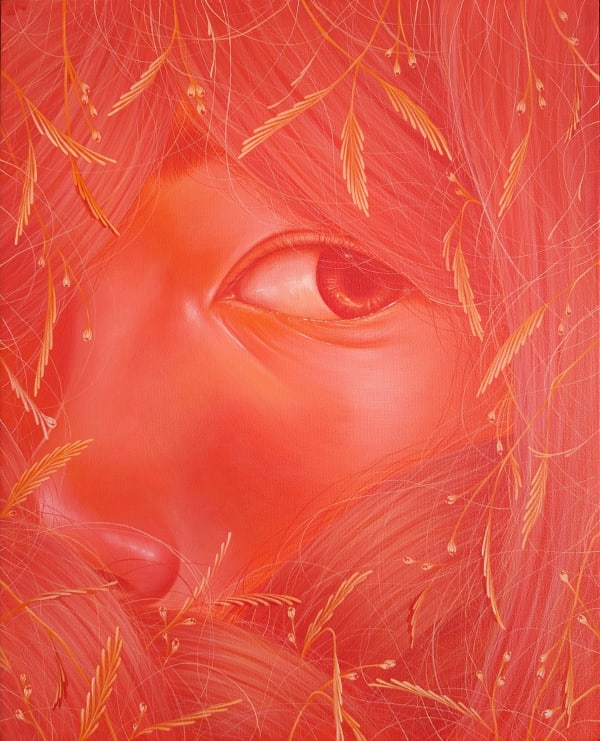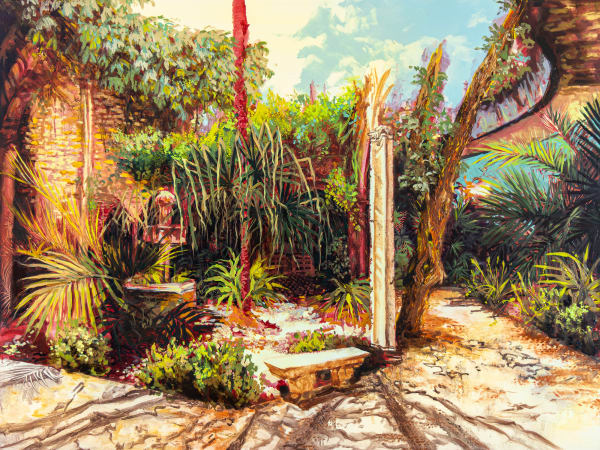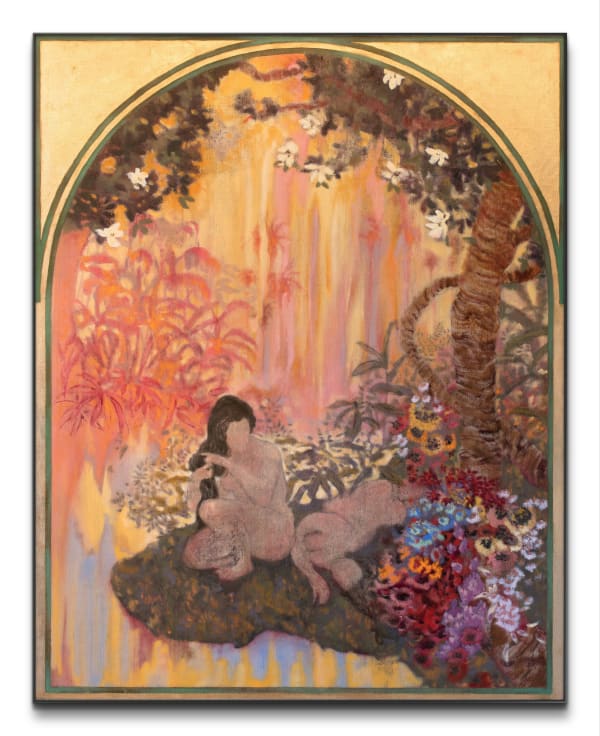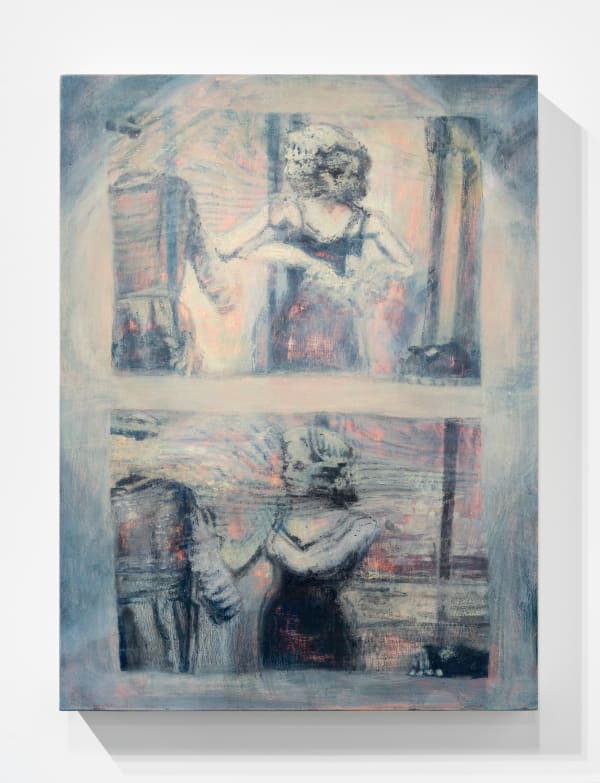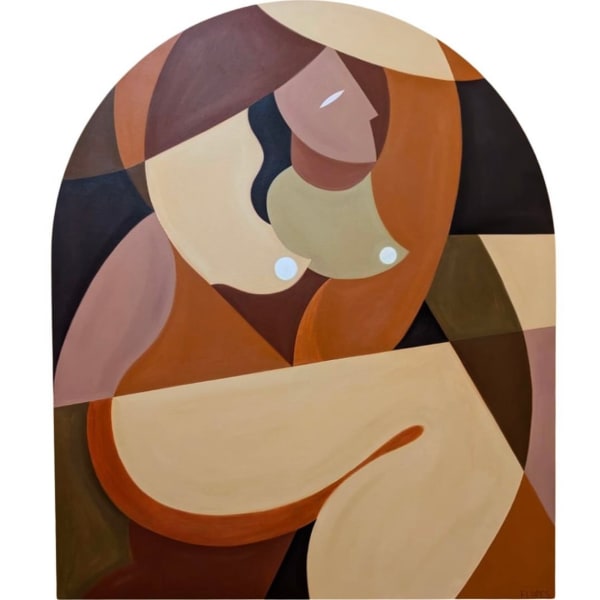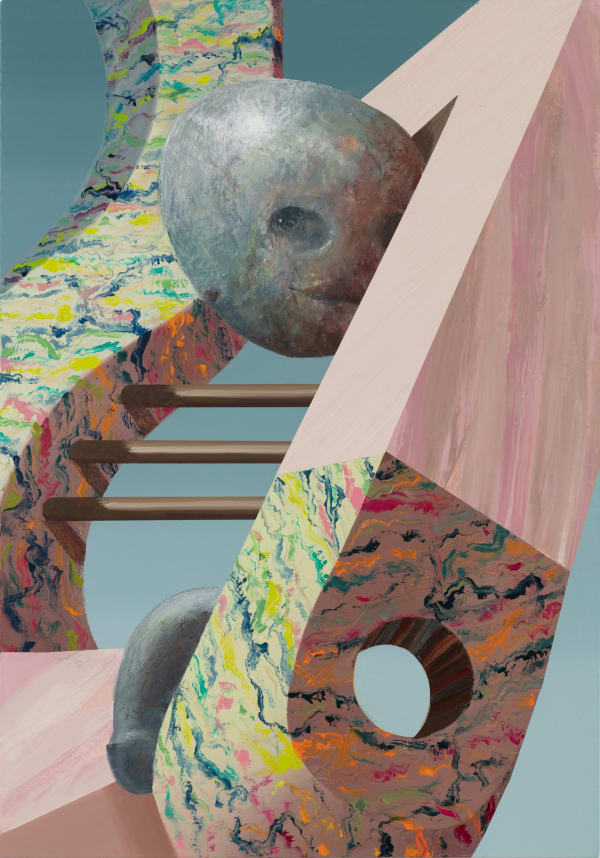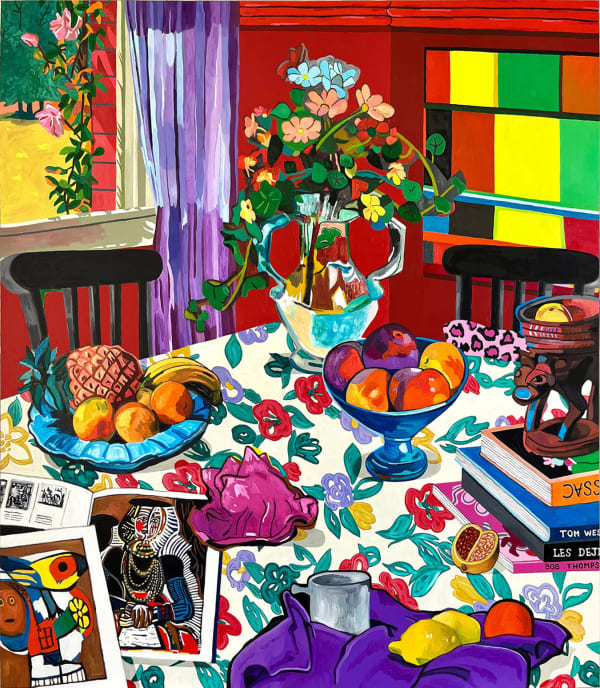-

Anahita Akhavan
-

Paul Béliveau
-

Tom Blachford
-

Kristina Chan
-

Maude Deslauriers
-

María Esthela
-

Rosalie Gamache
-

Shawn Huckins
-

Steen Ipsen
-

Maryam Izadifard
-

Debbi Kenote
-

Mark Lang
-

Holly MacKinnon
-

Michelle Paterok
-

Charlie Oscar Patterson
-

Aline Setton
-

Florence Solis
-

Rebecca Storm
-

Ben Thomas
-

Sylvia Trotter Ewens
-

Kate Vorona
-

Tuan Vu
-

Megan Wade-Darragh
-

Dou Wei
-

Victoria P. Wonnacott
